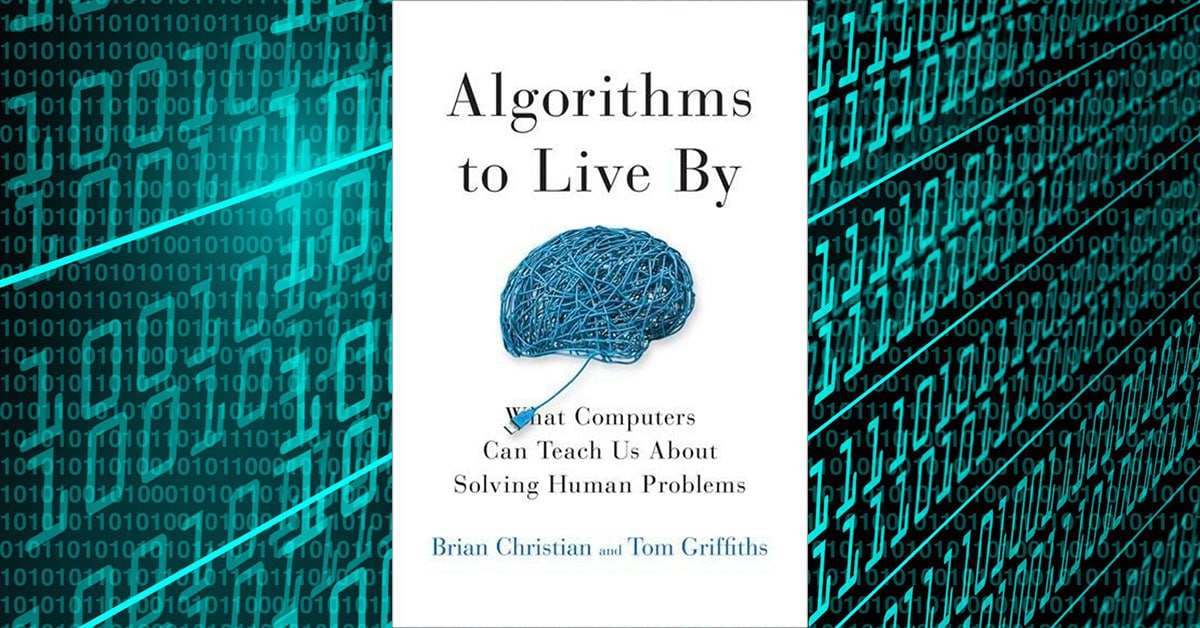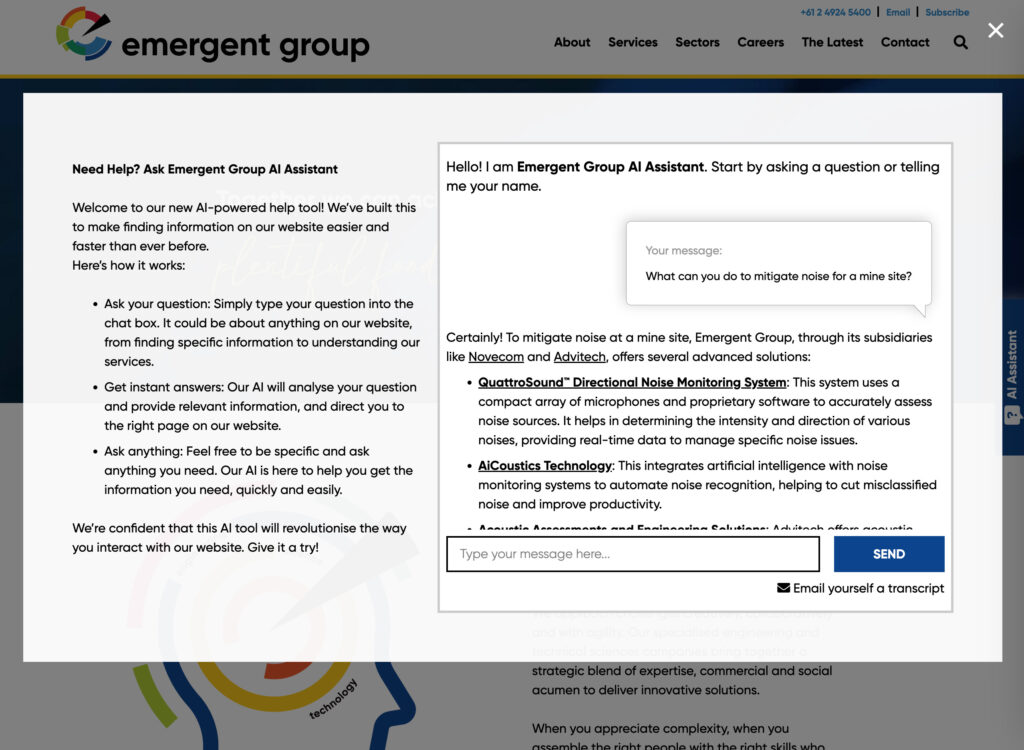Algorithms to Live By by Brian Christian & Tom Griffiths has been on my to-read list for a little while and I was really looking forward to it. The reason is that I have been thinking and reading about decision making, in the consumer mind, but also that of my own as a small business owner and operator. As managers we have a lot of decisions to make throughout each day in both business and in our home, personal, and family life. A technique that I came up with was to develop algorithms, or rules, that determined the decision to make for common and structural decisions. For example, I am trying to fit into my day physical and mental health time, while not impacting on work time. This relies on getting up a little earlier, so the algorithm is: if awake by 6am and the surf report is favourable, then go to the beach, if report is unfavourable, then go for a walk. Seems silly and simple right? But having these kinds of algorithms, or rules, to run by saves a lot of time dwelling on whether or not to go. Very handy for the chronically indecisive and relieves mental pressure and energy for other work later in the day. Over time, these algorithms become almost automatic – habitual – and can be developed to handle key business decisions. This can save hours in wasted time and relieve a great deal of stress. If the cases meet the criteria of the algorithm, then let your algorithm decide! Why did Steve Jobs wear the same clothes every day? Why did Barak Obama wear only two suits? To save time and mental energy in deciding what to wear!
I was kind of expecting this kind of decision making to be the subject of Algorithms to Live By. Being relatively simple rules, I was not at all disappointed that the book looked much deeper and more scientifically than this. Algorithms to Live By looks at how we can use computer-like algorithms to solve problems. For the purposes of the book, algorithms are defined as a series of steps that help solve a problem. Without realising it, we navigate our universe using this technique all the time. The authors look at eleven situations or problems where computer science offers strategies that we can employ in our human minds to solve problems.
- Optimal Stopping – How do you know after going through a list of options that you have probably seen enough to make a decision. The answer is 37%. After 37% of available responses, you have enough info to choose the next one that exceeds the expectations formed in the first 37%.
- Explore/Exploit – Put simply, do you explore a variety of options, such as your favourite restaurant, or album? or do you explore the latest releases or seek ones you haven’t experienced? The book looks at a number of strategies to help you decide between a winning or a losing option. Explore/exploit is better understood in a business context through the technique of A/B (or split) testing. As consumers we are being subjected to this all the time, particularly on digital formats. As developers and designers we test whether to stick with a particular UX element, or try something new. The data gathered via split testing informs when to move from the explore option to the exploit.
- Sorting – This section looks at different methods of organising in order to then be able to search, find, or select. A really interesting aspect of this is the ideal way of sorting competitors in sporting competitions. How do you ensure the best always wins and the second best always comes second. It is not always the way it “plays” out in sport.
- Caching – If you are experienced in computer operating systems and softwares, you will recognise caching. In website development for example, we use caching to “memorise” elements of a website to serve them faster in a browser. The browser does not need to inspect the website files anew each time it loads the page as the cache delivers the memorised resources. Our mind can work in the same way and in our performance favour.
- Scheduling – How do you manage your tasks when they have different lengths of time requirements and differing levels of priority. There are a few algorithms we could employ: Earliest Due Date or Moore’s Algorithm (knock over the quick and simple ones first). The most effective is simpler than you think, but you will have to read the book to find out.
- Bayes’s Rule – Bayes’s rule takes into account prior evidence, and it gets quite complicated while remaining easy to follow. It involves the requirement of a lot of prior information to inform a prediction about what will happen in the future.
- Overfitting – Looks at how to reduce complexity of decision making by reducing the amount of factors under consideration or using the weight of them in our favour.
- Relaxation – If the problem is too large to solve, accept solutions that are close enough and get on with it.
- Randomness – A set of randomised algorithms that introduce uncertainty or random samples to move a problem forward.
- Networking – Heavy in computer terminology, basically how the internet works. How we connect with one another can be optimised using a variety of connecting methods.
- Game Theory – The classic Prisoner’s Dilemma, understanding the paradox of how one person will act in accordance with self interest with incomplete information of how the other participant(s) in the transaction will act.
The subject matter threatens itself to be mathematic, particularly formulaic. However the authors made this book really engaging with well written prose and easily relatable examples. It is incredibly interesting material. It is applicable for business management (decision making) contexts, as well as in marketing contexts where understanding and predicting human responses is a great advantage.




